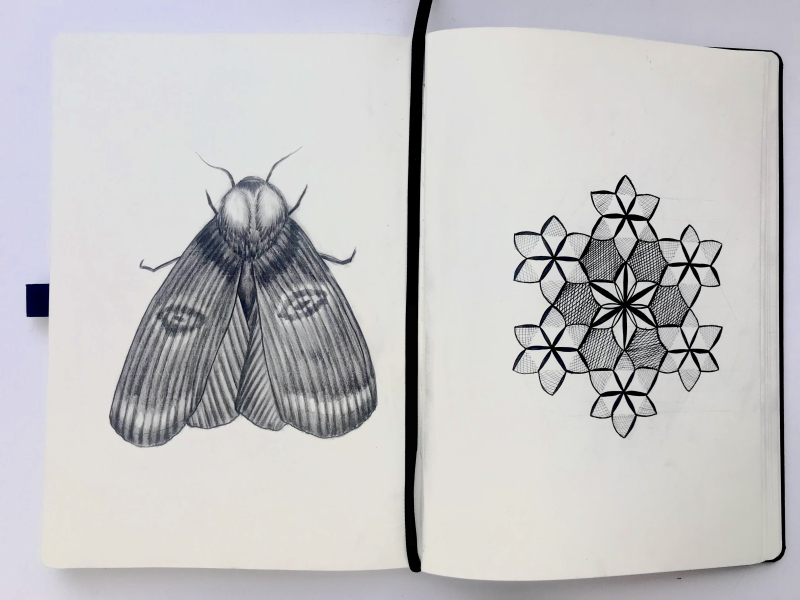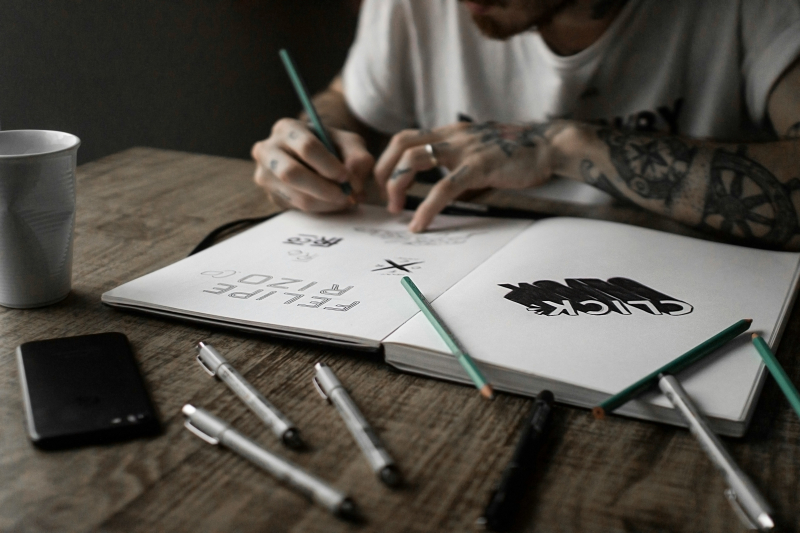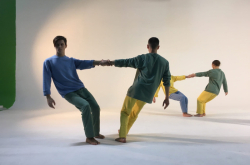Before you start
The reason why doing something every single day helps you improve is because it brings consistency. It’s better to draw twice a week for a month than to have a 7-days drawing streak followed by weeks of not picking up your pencil.
So, the first thing I’d advise you to do if you’re thinking about adding drawing or any other creative activity to your daily routine is to realistically consider if you have enough time and resources for this right now. Go for as many times per week as you can without getting overwhelmed. Since I had a bit more free time on my hands this past month than usual, I managed to draw daily, and I enjoy the discipline that came with it, but I realize it’s not for everyone.
Another general tip is to set a goal that will help you stay motivated. Mine was to start doing art how I like it, not how it’s required by academic drawing. And even though I’m not perfect at it yet, I progressed a lot.
Practical tips
To keep the process fun, you should have all materials that suit your needs prepared in advance. For me, this included:
-
Good drawing tools. Don’t listen to people who say stuff like “at first you should use the simplest tools, and when you’ll become a real artist, you’ll get to use quality materials”. How good your paper and pencils are makes a huge difference! And it doesn’t have to cost you a fortune, as you don’t really need much for drawing: a couple of pencils (a soft and a hard one) and a sketchbook with paper that doesn’t get ruined by an eraser are enough, and you can get both in under 1,000 rubles (~$11).
-
Free tutorials and courses. It’s better to have several to choose from every day, so you wouldn’t get bored. Mix it up! Consider doing something related to drawing for a change: for example, I’m in the middle of a course on geometric design, and it’s so fun – sometimes I use it as a way to warm up and switch to creative mode before actually drawing.

A spread from my sketchbook: a pattern from the geometric design course on the right and a moth I drew later the same day on the left.
-
Inspiring references. Turn to Pinterest or VK pages and create your own little collection of beautiful pictures, so that at any time you could browse through them and look for elements you might recreate in your own art.
-
Personalized art prompts. One of my objectives is to learn how to draw animals, which is a bit overwhelming, so I came up with a list of several species I’d like to learn how to draw, and I focus on just one at a time. You can do something like that, too, or check out prompts created by others as part of various drawing challenges, such as Inktober.
I hope this list doesn’t sound too overwhelming. It might take some time to put it all together, but I guarantee that it will help you feel equipped for your creative journey.
Reminders
I’d like to emphasize that you shouldn’t take the “drawing every day” concept too seriously. There is absolutely nothing wrong with taking a break once in a while. Some of the best ideas I had came to me after I gave myself some time to rest.
Also, remember that every tiny sketch counts. On some days, it might be the only thing you’ve completed, but it’s better than nothing. You should celebrate your achievements anyway. If you manage to draw three days in a row, say “good job” to yourself. If you haven’t been drawing for the whole week, but then came up with a neat artwork – you didn’t miss out on anything.
To sum up, I’d say that the key to consistency is discipline plus fun. For more ideas on how to mix the two, check out our story on getting your workflow back here.




